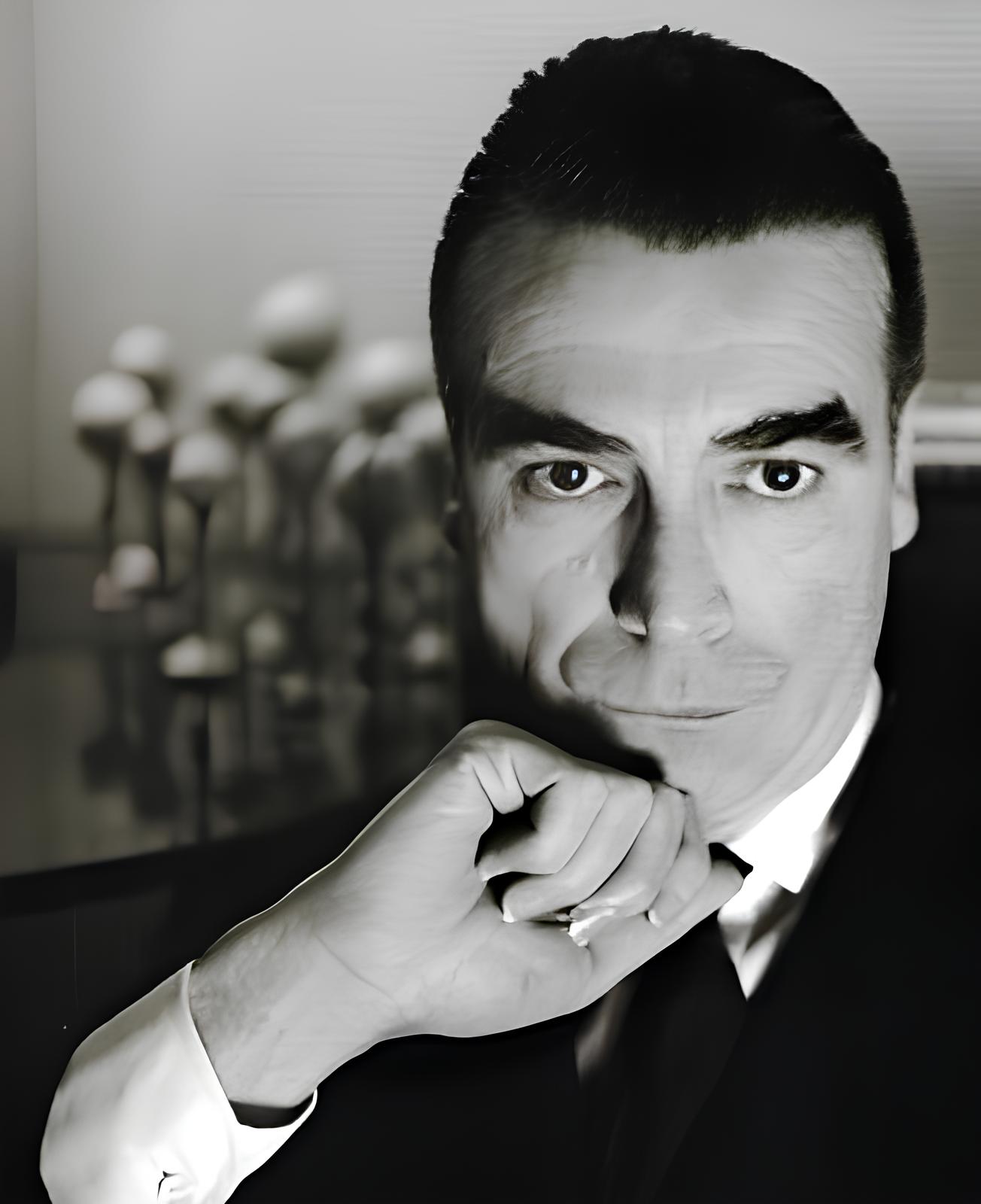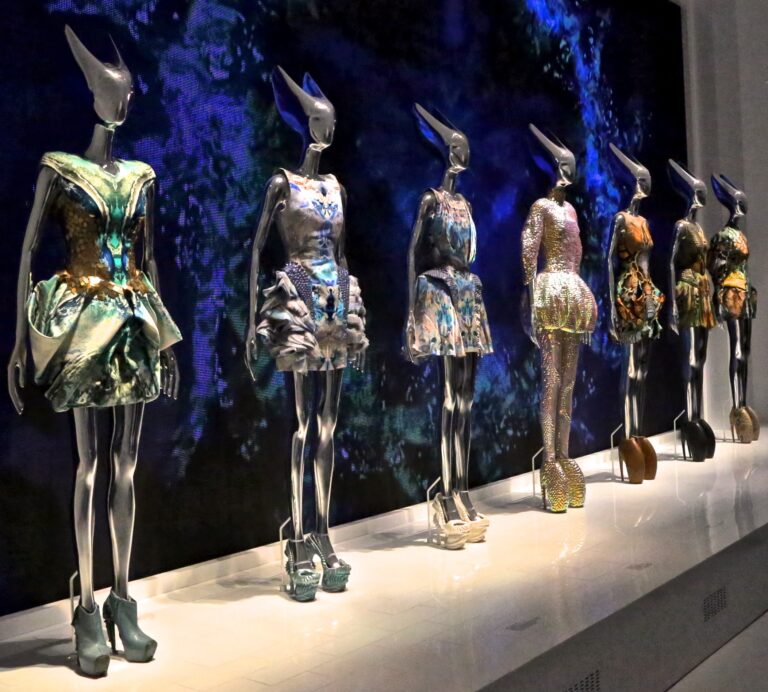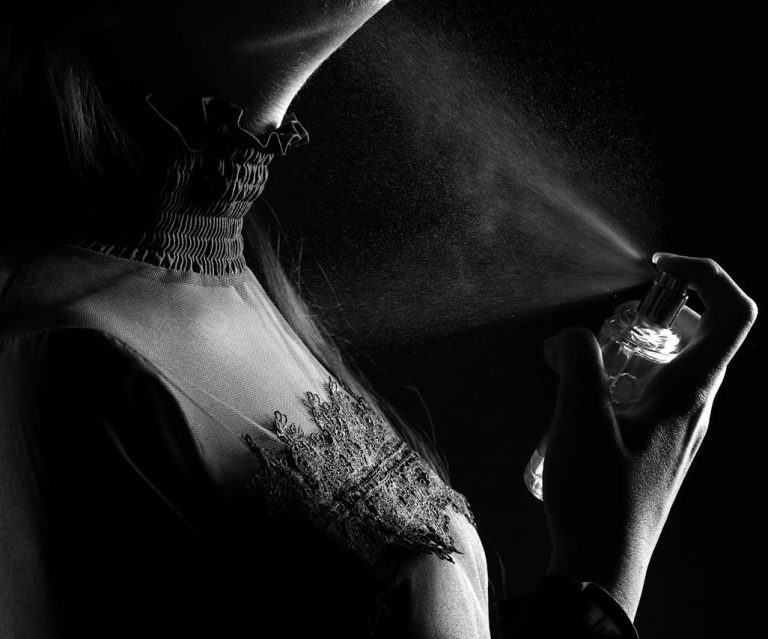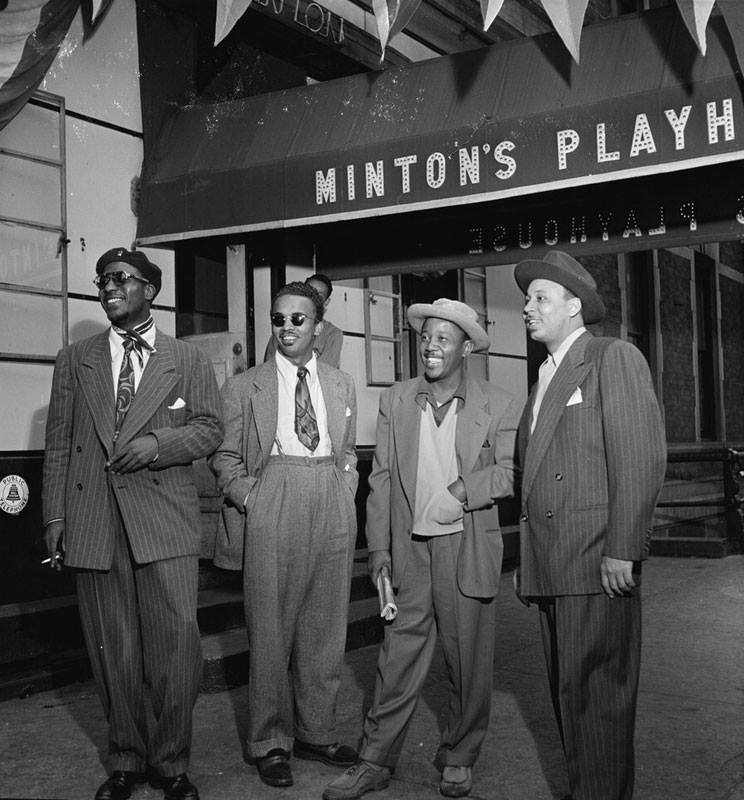Cristóbal Balenciaga was an extraordinary couturier whose influence on haute couture remains unparalleled, thanks to his innovative approach and unique silhouettes. Born in a small fishing town, he rose from a young talent to a master, revered by the greatest designers of his time. The Balenciaga brand endures to this day, yet few know where it all began. We’ve gathered 10 key facts from the couturier’s life to reveal his journey to becoming a legend of haute couture.
1. A Spaniard, Not a Frenchman!
Cristóbal Balenciaga was not French, despite being called a great French couturier. He established his fashion house in Paris, but he began his creative journey in his homeland, Spain. Balenciaga was born in 1895 in the small town of Guetaria, in the Basque Country. When he was just 11 years old, his father passed away, leaving his mother, a seamstress, to raise five children alone. It was through her that young Cristóbal was introduced to the art of cutting and sewing from an early age.
2. First Dress at 12 Years Old
Cristóbal created his first dress at the age of 12 for the Marchioness de Casa Torres, a regular client of his mother. According to legend, upon seeing the marchioness’s dress, young Cristóbal declared he could make her an even more exquisite garment. The result exceeded all expectations: impressed by the boy’s talent, the marchioness became his patron and funded his training at an atelier in San Sebastián, a renowned resort town for the elite at the time.
3. A Forced Move to Paris
The young designer quickly gained popularity in Spain. At 22, Cristóbal opened his atelier in San Sebastián, where his clients included aristocrats and members of the royal family. Seven years later, he opened his first store in Madrid, followed by another in Barcelona a year later. Had it not been for the Spanish Civil War, Balenciaga might have remained a purely Spanish couturier. However, circumstances forced him to leave Spain, and he relocated to Paris, where he presented his first collection in 1937.
4. The Inventor of Oversized Silhouettes
In the 1950s, Cristóbal Balenciaga revolutionized fashion by introducing architectural oversized silhouettes. These were groundbreaking and even provocative for an era accustomed to the voluminous New Look designs of Christian Dior. Balenciaga liberated the female form, offering comfort and new shapes. Among his iconic silhouettes were the sack dress, the cocoon dress, the trapeze dress, and the babydoll dress. This architectural style became his signature, influencing both haute couture and fast fashion to this day.

Sack dress
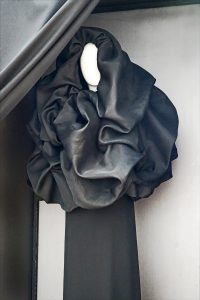
Cocoon dress
Photo by Jean-Pierre Dalbéra
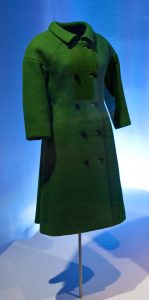
Trapeze coat
Photo by Irekia

Babydoll dress
Photo by Regan Vercruysse
5. Recognition from Great Couturiers
Cristóbal Balenciaga’s talent inspired admiration from everyone—clients, friends, and even his peers. His close friend Coco Chanel said of him: “He is the master of us all. The only couturier in the truest sense of the word. The others are simply fashion designers.” Christian Dior remarked: “Haute couture is like an orchestra whose conductor is Balenciaga. We other couturiers are the musicians and we follow the direction he gives.” Despite their differing approaches, Parisian masters unanimously regarded Balenciaga as a genius of haute couture.
6. Balenciaga and Givenchy
Cristóbal Balenciaga formed a particularly close bond with Hubert de Givenchy, who was 32 years his junior. Givenchy openly called Balenciaga his mentor and inspiration, admiring his technique, innovations, and philosophy of fashion. He often drew inspiration from Balenciaga’s creations, and his own style echoed his teacher’s, reflecting the same elegance and architectural lines. When Givenchy founded his fashion house in 1952, he chose a location directly across from his mentor’s atelier: Balenciaga’s house was at 10 Avenue George V, and Givenchy’s was just across the street at 8 Avenue George V.
7. A Mysterious Couturier
Cristóbal Balenciaga was a reserved and private individual. He never appeared before guests after his shows and did not attend fittings. Rumors even circulated that Balenciaga didn’t exist at all. Throughout his life, he gave only two interviews and disliked being photographed, especially at the height of his fame. He made an exception just once, posing for an advertisement for his first perfume, Le Dix (Ten), named after his atelier’s address at 10 Avenue George V.
8. Chanel’s Revenge
Balenciaga’s aversion to being photographed once led to a falling-out with Coco Chanel. On one occasion, Mademoiselle suggested they pose together for Women’s Wear Daily, but he declined. Chanel, who had already promised the magazine a photo, couldn’t accept his refusal and decided to take revenge. In an interview, she hinted at Balenciaga’s sexual orientation, saying: “He doesn’t understand women’s bodies, which is why he dresses them this way.” This remark deeply hurt the couturier, who closely guarded his privacy, and they never spoke again.
9. Uniform for Air France
In the 1960s, as mass fashion and prêt-à-porter began to dominate, Balenciaga decided to step away from the industry. He rejected mass production and believed until the end of his life that “haute couture was fatally wounded.” The only exception he made was for Air France, designing summer and winter uniforms for flight attendants in the late 1960s. Even here, Balenciaga stayed true to himself: a workshop was set up at the airport, where he personally ensured a perfect fit for each attendant. In 1968, the couturier closed his fashion house and left Paris.
10. A Final Masterpiece
Cristóbal Balenciaga’s last creation was a wedding dress for María del Carmen Martínez-Bordiú, the granddaughter of General Franco. The wedding took place in Madrid in 1972. Little information about the dress has survived, and its location remains unknown. A few weeks after the wedding, Cristóbal Balenciaga passed away at the age of 77.
